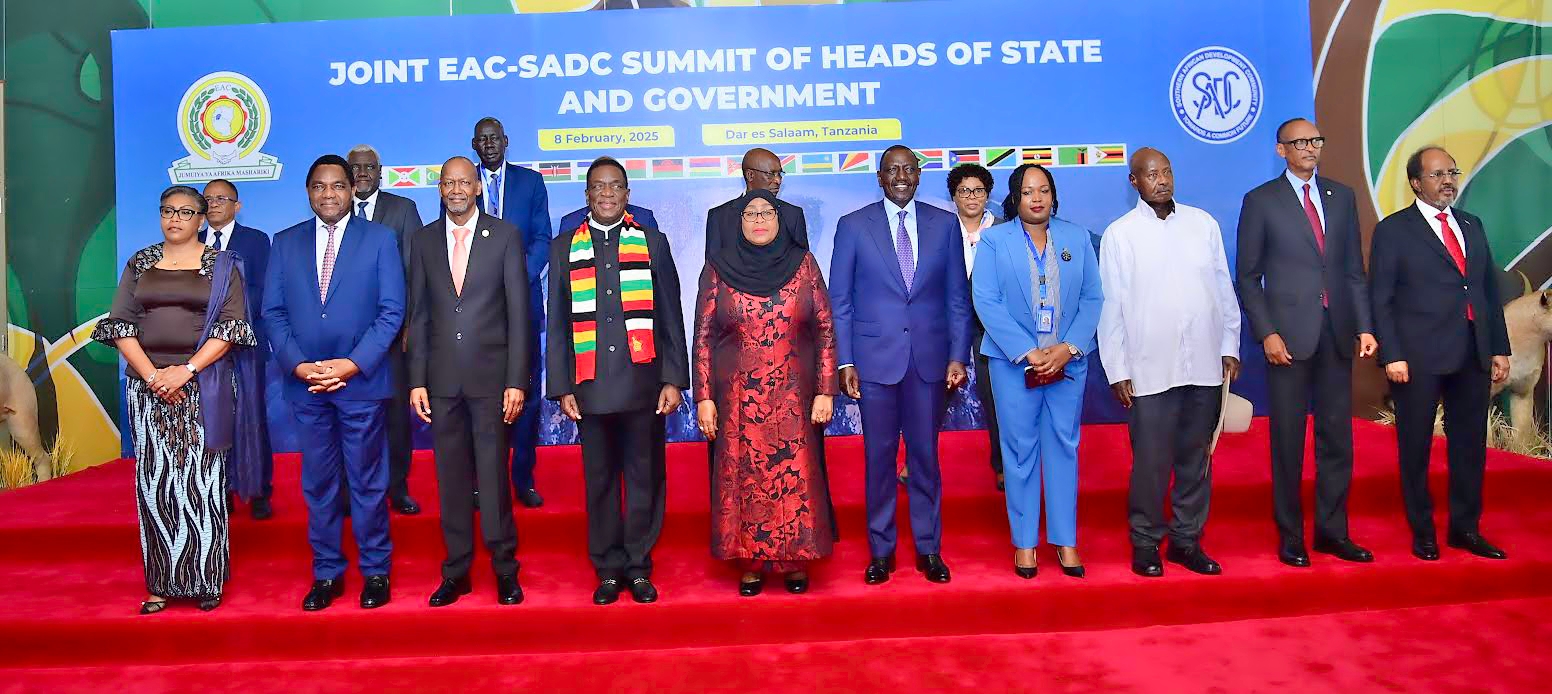EAC upbeat on local production of antibiotics

What you need to know:
- A policy framework currently under preparation will offer incentives to potential investors
Arusha. The local production of antibiotics in the East African region will soon be rolled out.
A policy framework currently under preparation will offer incentives to potential investors.
"It would introduce incentives that address the current bottlenecks in local production," the East African Community (EAC) secretariat has said.
To fast-track the initiative, a coordinated mechanism between investors, producers and national medicine procurement agencies will be put in place.
Other major players in the procurement and distribution of antibiotics in the region will also be roped in.
The initiative is revealed in a progress report on the implementation of the EAC Regional Pharmaceutical Plan of Action 2017–2027.
The plan was tabled and approved during a recent meeting of the EAC Council of Ministers, a powerful organ of the Community.
The report recommended the development of a policy framework on the production and supply of antibiotics to meet the growing demand.
An antibiotic is a type of antimicrobial substance that is active against malaria and other bacterial infections.
It is the most important type of antibacterial agent for fighting bacterial infections but is not effective against viruses and fungi.
Antibiotics are among the most commonly prescribed drugs in the fight against bacterial and allied infections.
They, however, form a significant component of medicines imported into the EAC from abroad due to low domestic production.
Expanded treatment using antibiotics would strengthen efforts to address antimicrobial resistance (AMR), which experts say is alarming in the region.
It has been recommended that the EAC bloc have a regional, multi-sectoral, coordinated approach to combating AMR.
The World Health Organisation (WHO) defines AMR as a process by which microbes change over time and no longer respond to medicines.
This makes infections harder to treat. It also increases the risk of disease spread, severe illness and death.
The drive for local production and supply of antibiotics has also been endorsed by the EAC Health Ministers.
During their recent meeting held in Nairobi, they insisted on the involvement of both the public and private sectors in the drive.
The meeting dubbed 'Investment Incentives for Local Production of Essential Antibiotics in East Africa' also attracted officials from the EAC and the partner states.
Others came from a host of development partners, among them UNCTAD, GIZ and the Germany-based GFA Consulting Group.
The Health ministers adopted a broad-based regional policy framework for the production and supply of antibiotics.
"The framework introduces incentives that address current bottlenecks in local antibiotic production," said Jean Baptiste Havugimana, the EAC director of Productive Sectors.
The cooperation framework will facilitate regular updates on essential antibiotics facing shortages, supply interruptions and excessive pricing, among other challenges.
Dr Juma Mukhwana, Kenya’s principal secretary (Industry, Investments and Trade), stressed the need to woo investors from overseas for the production of the drugs in question.
"The policy incentives should aim to attract investments, considering the region's heavy reliance on imported medicines," he said.
Statistics from the EAC secretariat showed that the bloc imports between 70 and 90 percent of the medicines that the region's population consumes.
Until 2018, Tanzania and Burundi topped the rest of the EAC states in consumption of antibiotics, according to data from the WHO.
By then, Tanzania and Burundi had consumed 27.3 and 4.4 defined daily doses (DDD) per 1,000 inhabitants per day, respectively.
The drive for self-sufficiency in antibiotics in the region dates back to 2020, when partnerships were created to roll out the plan.
It was then that UNCTAD and WHO teamed up on a three-year project to help guide the governments on the policies needed to set the tone for implementation.
The project was expected to help align local production of antibiotics in the EAC with regional public health needs.
WHO, on the other hand, was to help governments and businesses understand the regulatory laws and standards.
The regional organisation was tasked with establishing pricing incentives for locally produced pharmaceuticals if the sector is to grow in the region.




